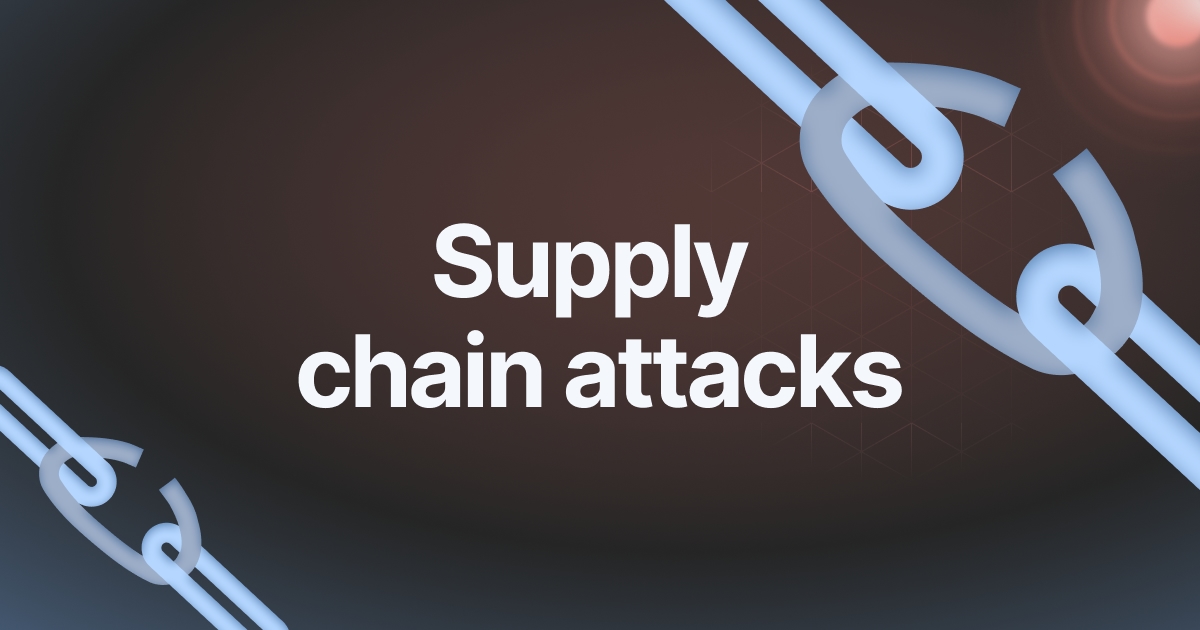The concept of protecting the company’s information is quickly becoming obsolete in today’s highly connected digital world. A new breed of cyberattack, the Supply Chain Attack, has emerged, exploiting the complex web of software and services that businesses rely on. This article delves into the world supply chain attacks. It examines the changing security landscape, the possible weaknesses in your organization, and the most important steps you can make to enhance your defenses.

The Domino Effect: A Tiny error can ruin your Business
Imagine this scenario: your organization does not use an open-source library that has a known security flaw. But the data analytics services on whom you rely heavily. This seemingly small flaw is your Achilles Achilles. Hackers can exploit this flaw to gain access to services provider systems. They now have a backdoor into your company, through an unnoticed connection to a third company.
The domino effect provides an ideal illustration of the deviousness of supply chain attack. They target the interconnected systems companies rely on, and infiltrate security-conscious systems via weaknesses in open-source software, partner software, libraries, or even cloud-based services (SaaS).
Why Are We Vulnerable? What is the reason we are vulnerable?
Supply chain incidents are a result of the same forces that fueled the digital economy of today – the increasing adoption of SaaS and the interconnection between software ecosystems. The complex nature of these ecosystems makes it difficult to track each piece of code that an organization has interaction with or even interacts with indirectly.
Beyond the Firewall – Traditional Security Measures Don’t Work
It’s no longer enough to rely on traditional cybersecurity strategies to strengthen the systems you are using. Hackers are able to identify the weakest link, elude firewalls and perimeter security in order to gain entry to your network through trusted third-party vendors.
Open-Source Surprise There is a difference! software that is free was produced equally
Open-source software is a hugely well-known product. This is a risk. While open-source libraries have many benefits, their widespread usage and reliance on developers who volunteer to work for them can lead to security risks. A single, unpatched security flaw in a widely used library could expose numerous organizations that have unknowingly integrated it into their systems.
The Invisible Athlete: How to Identify an Attack on the Supply Chain
The nature of supply chain attacks makes them hard to identify. Certain indicators can be reason to be concerned. Strange login patterns, strange information activity, or unanticipated software updates from third party vendors could indicate an unsecure ecosystem. A serious security breach at a library, or service provider that is frequently used should prompt you to take action immediately.
The construction of a fortress within the fishbowl: Strategies that limit the risk of supply chain risks
How can you improve your defenses against these hidden threats. Here are some important steps to think about:
Do a thorough evaluation of your vendors’ security methods.
Map your Ecosystem Create an extensive list of all the applications and services you and your organization depend on. This includes both direct and indirect dependencies.
Continuous Monitoring: Monitor your system for any suspicious activity and actively monitor security updates from all third-party vendors.
Open Source With Caution: Take cautiously when integrating any open source libraries. Select those that have established reputations and an active maintenance community.
Transparency is essential to build trust: Encourage vendors to adopt robust security measures, and encourage an open dialogue with you regarding possible security risks.
The Future of Cybersecurity: Beyond Perimeter Defense
The increase in supply chain attacks necessitates an entirely new way of thinking about how companies tackle cybersecurity. Focusing on securing your perimeter is no longer enough. Companies must take on an overall strategy focused on cooperation with suppliers and partners, transparency in the ecosystem of software, and proactive risk mitigation throughout their digital supply chain. You can protect your business in a highly complex, interconnected digital environment by recognizing the threat of supply chain attack.